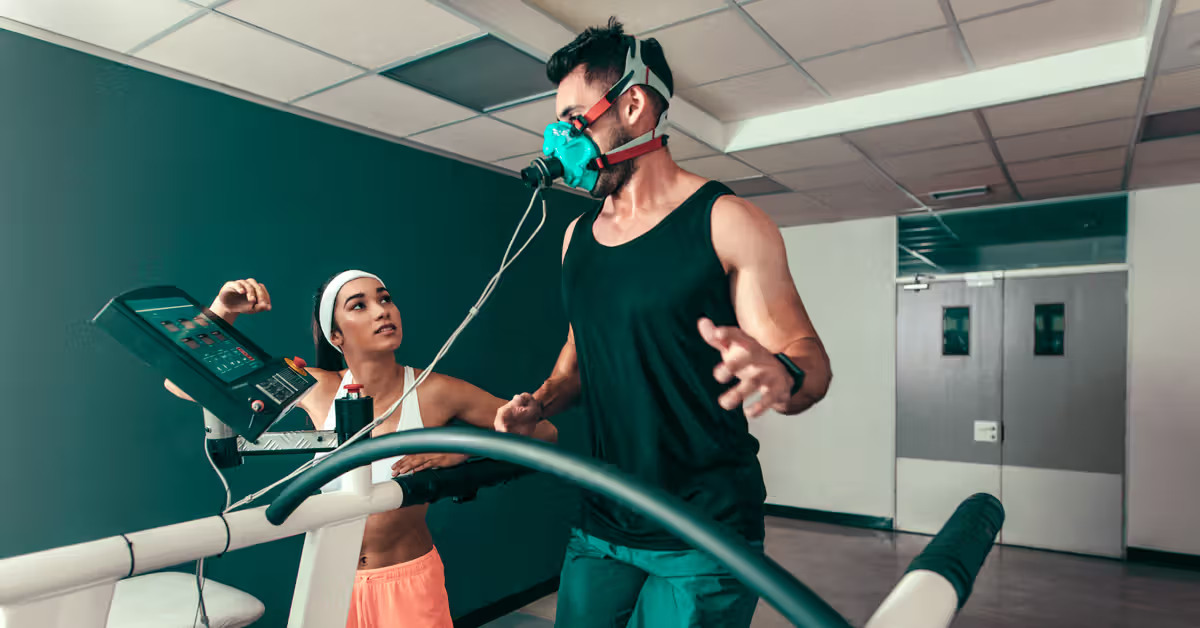Riboflavin (B2) Stability Testing in Processed Foods
Ensuring the stability of Riboflavin (B2), a key water-soluble B-vitamin, is critical for processed food products. This vitamin plays a pivotal role in energy production and redox reactions within cells. However, Riboflavin can be prone to degradation under certain conditions such as light exposure, high temperatures, moisture content, and interactions with other ingredients. Hence, stability testing is essential for maintaining product quality and shelf-life.
In the context of processed foods, Riboflavin contributes significantly to the overall nutritional profile but also needs to withstand the rigors of processing methods including pasteurization, sterilization, freezing, or drying processes. Proper stability testing ensures that the vitamin remains effective throughout its intended storage duration without compromising safety or efficacy.
The first step in conducting stability tests involves selecting an appropriate method based on industry standards like ISO 6892 and ASTM E739. These guidelines provide robust protocols for evaluating changes over time under various environmental factors relevant to processing environments.
- Light Exposure: Simulating real-world exposure conditions helps determine how much light sensitivity exists for Riboflavin in different processed food forms (powders, concentrates).
- Temperature Variations: Assessing stability across typical temperature ranges encountered during production and distribution ensures optimal performance during storage.
The testing process typically begins with preparing a solution of Riboflavin at concentrations representative of actual product formulations. Specimens are then subjected to controlled environmental conditions that mimic those experienced throughout the supply chain, from manufacturing facilities to retail outlets.
Instrumentation used for these tests includes spectrophotometers capable of measuring absorbance at specific wavelengths corresponding to Riboflavin’s absorption spectrum. Additionally, HPLC (High Performance Liquid Chromatography) techniques may be employed to quantify remaining Riboflavin levels after exposure to adverse conditions.
Acceptance criteria vary depending on the particular type of processed food being evaluated but generally aim for minimal loss (
Understanding these nuances allows quality managers and compliance officers to make informed decisions about ingredient sourcing, formulation adjustments, packaging choices, and storage practices that promote extended shelf life while preserving nutritional value.
Industry Applications
- Processed Foods: Testing Riboflavin stability is essential in ensuring consistent vitamin content across various processed food products like cereals, sauces, and beverages.
- Pet Food: Similar considerations apply to pet foods where maintaining adequate levels of Riboflavin supports the health and vitality of pets.
In both human and animal nutrition markets, accurate testing ensures compliance with dietary recommendations and contributes positively towards public health initiatives aimed at preventing deficiencies.
Environmental and Sustainability Contributions
- Resource Efficiency: By optimizing processing methods through rigorous stability testing, manufacturers can minimize waste associated with subpar product quality leading to improved resource utilization rates.
- Energy Savings: Reduced spoilage due to enhanced stability translates into lower energy consumption required for refrigeration or heating during transportation and storage phases.
These practices align well with broader sustainability goals by reducing environmental impact while simultaneously delivering high-quality products that meet nutritional needs effectively.
Competitive Advantage and Market Impact
Offering reliable Riboflavin stability testing services provides significant competitive advantages for laboratories in the clinical & healthcare testing sector. It enables companies to differentiate themselves by offering superior product quality assurance, which can lead to increased market share and customer loyalty.
Compliance with stringent regulatory requirements is paramount; failure to do so could result in costly recalls or legal actions. By providing accurate tests that meet all necessary criteria, labs demonstrate their commitment to maintaining high standards of care and safety.
The ability to predict potential issues early on through thorough testing allows manufacturers to address any challenges before they become critical problems. This proactive approach not only enhances product reliability but also fosters trust among stakeholders including regulators, consumers, and healthcare providers.





